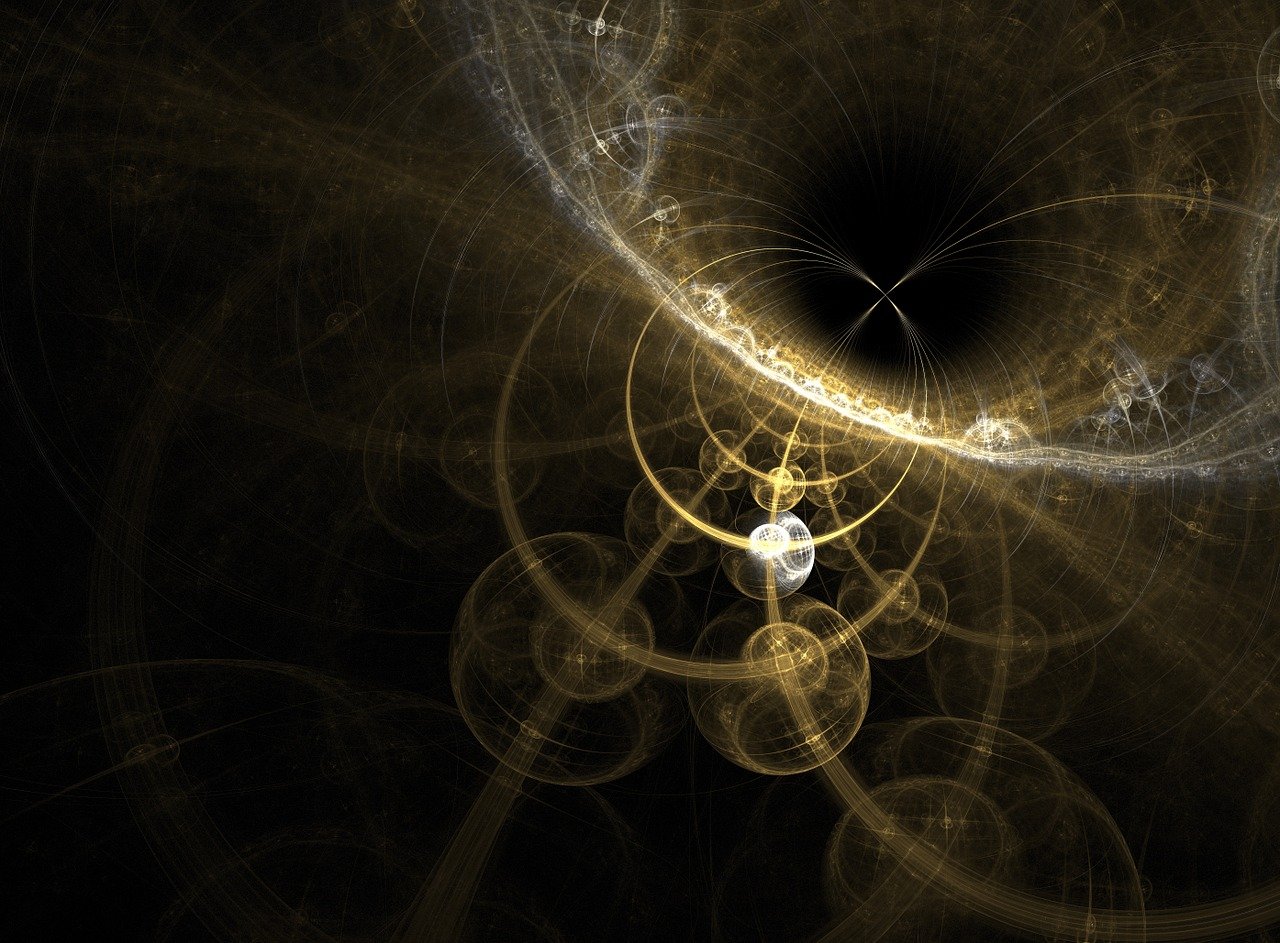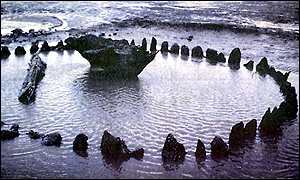Robert Duncan-Enzmann 1950s
Time
1) Time is associated with matter and energy. Electromagnetic energy is obviously in dynamic movement, but matter is not always quite so obviously a dynamic matrix of ‘energy with its tail in its mouth’. A pebble or a boulder seem to be very stable, yet on closer observation, it will be seen that all granite boulders are in a continual state of expanding and shedding their outermost parts. They do this because they were formed under pressures and temperatures not normal at the surface. They slowly spall and chip; the chips (or grus) themselves gradually disintegrate due to internal forces. The boulder, over the aeons, tries to reach a state of equilibrium with its environment. The bonding between ion and ion – a resonance – is out of equilibrium with the current environment. The time rate for the complete destruction of a granite boulder is then a function of its eternal energy – ‘resonances’, size, and external environment. The boulder is a dynamic object. It is so because of the structure and timing of its internal elements – in the case of granite ionic silicate bonds.
2) The foregoing deals only with chemical bonds. There are forces that hold the elements together and forces that hold the ‘fundamental particles’ together into more complex particles. In the interior of a star (fission or fusion reaction), these bonds can be made or broken. The rate at which these bonds are established or broken is a function of the external environment and of the bonding energies. The time rate for destruction of matter, or construction of matter from radiation, is a function of ‘internal resonances’. Indeed, the rate at which quanta are absorbed, the rate at which an antenna will accept electromagnetic energy, is a function of the energy and composition of the matter or antenna.
3) Within a ‘reacting system’ there are going to be different frames of reference for the time rates. These will be according to the Lorentz Contractions. This has been elegantly demonstrated on a small scale by use of a Mossbauer Clock which will show time contraction on the rim of a rotating phonograph. It can be mathematically and physically demonstrated that there are minor differences on an atomic and subatomic scale in a ‘reacting system’ such as the interior of a stay, the inside of a test tube, the human body, a campfire, or among the moons of Jupiter. However, a postulate may be made: At the exact moment of reaction on an atomic or subatomic scale, the time rates of the reacting components will be in exactly the same frame of reference. This cannot be extended to the larger scale phenomenon.
4) A second postulate may be established if the following is true: If all matter in the universe is ultimately composed of the same fundamental substance – then the smallest increments of time (sequences of events or single events) must be commensurable when placed in the same frame of reference.
5) It is conceivable that rates of reaction may be related to the amount of time needed to reach commensurable ‘nodes’ in the reacting components.
6) If it is indeed possible to form matter of several fundamental particles and if these are not ultimately composed if a universal substance, the postulate under #4 would be invalid. It would then be possible to have substances, to reduce them to a condition by which they would be in the same temporal (relativistic) frame of reference, and discover that the smallest increments of time (sequences of events or single events) are not commensurable.
7) This does not seem to be the case. All of the so-called fundamental particles and all frequencies in the electromagnetic spectrum are capable of reacting with each other, or with another system that could react with the third. This is strong evidence for a single ultimate ‘substance’, ichor,’ or whatnot which can be composed into the fundamental particles. It may then be postulated that there is but one ultimate, minimum increment in the universe if the universe is reduced to one temporal frame. This follows from the suggestion that there is but one type of fundamental ‘substance’.
Gravity & Time
It has been demonstrated that a very heavy body will appreciably slow down the frequency of light leaving that body. The more massive the body and the steeper the gradient, the more marked the gravitational Doppler shift. It is possible to conceive of a system so massive that no radiation would be possible. It would have a slower time rate than other bodies in the universe. It is interesting to speculate on whether there is any limit to the slowing of time in components of a massive body due to gravitational forces.
Time must cease to exist at the optical limit of the universe. At this distance, the real or apparent Doppler manifests a recession so rapid that all the objects pass over a physical horizon and cease to have any influence on the local universe. For such objects, time in the local universe can no longer exist. Actually, one should take the Earth as a center and the supposed objects in one direction that have ‘passed over the optical horizon of the universe’ and the antipodal, or opposite point, as separate universes that can have no influence on each other.
Such speculation could lead to several macro-units of time; one is the time for light to travel from the center of the local universe to the edge.
All objects in a local volume of the local universe (within the optic limits) must keep roughly the same time. Its limits are as yet un-estimated, but ways of deriving minimum and maximum ‘yardsticks’ have been suggested. Great differences from local time can be caused by accelerating material objects to relativistic velocities. An experiment is suggested: Place an observer on such an object and observe the optical limits of the universe. Will they approach him from the direction of departure? They should, whether the redshift is due to real movement and Doppler, or from the gradual attenuation of electromagnetic radiation over a distance equal to the diameter of the ‘optical universe’. Would the limits broaden before the observer? Would the local universe about the observer be an ellipsoid of revolution?





